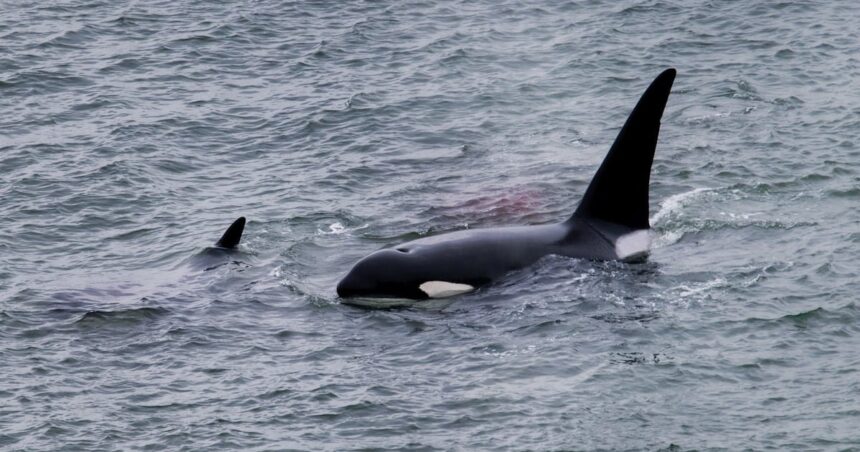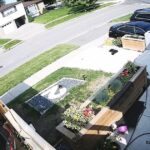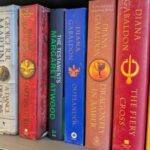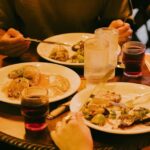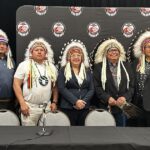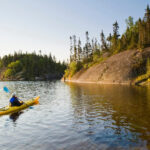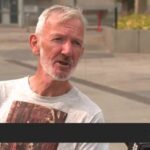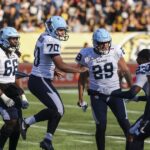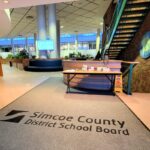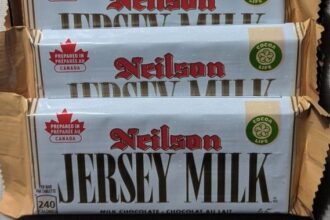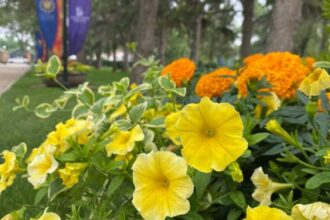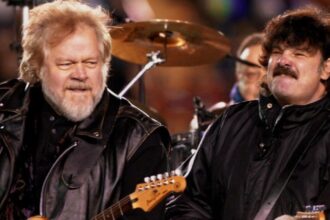The sudden appearance of a dorsal fin cutting through Vancouver’s harbor waters has become something of an urban spectacle in recent years. Not long ago, such sightings would have been rare events, worth little more than a curious glance and perhaps a snapshot. Today, they spark a flurry of activity both on the shoreline and across social media platforms, where dedicated followers track and celebrate these magnificent marine mammals that have, somewhat surprisingly, made the bustling urban waterways their occasional home.
The phenomenon of “urban orcas” – killer whales navigating the waters adjacent to one of Canada’s most populous cities – has transformed from a biological curiosity into a cultural movement that connects Vancouverites in unexpected ways. What began as isolated sightings has evolved into a community-building experience that transcends typical urban social dynamics.
“There’s something almost magical about standing shoulder-to-shoulder with complete strangers, all of you completely silent, watching these incredible creatures,” explains Marine Watchers Network volunteer Samantha Chen. “In that moment, all the barriers we normally put up in city life just dissolve.”
This sense of shared wonder has proven particularly powerful in a post-pandemic world where many city dwellers still struggle with feelings of isolation and disconnection. The orcas have become inadvertent therapists for a city recalibrating its sense of community.
The digital ecosystem that has formed around these marine visitors is equally fascinating. Several Twitter accounts and Instagram pages dedicated to tracking orca sightings have gained thousands of followers. When an alert goes out, people from across the metropolitan area rush to vantage points along the shoreline. Business meetings are postponed, errands delayed, and dinner plans rescheduled – all for the chance to witness these majestic animals in their increasingly urban habitat.
The cultural impact extends beyond mere observation. Local artists have incorporated urban orcas into murals, sculptures, and digital art. Poets and musicians find inspiration in their presence. Even local businesses have embraced the phenomenon, with cafés offering “orca watching” specials and tour companies adjusting their routes to accommodate possible sightings.
But beyond the commercial and creative responses lies something more profound – a renewed connection to the natural world that many urban dwellers had forgotten was possible. In a city known for its proximity to wilderness, the orcas serve as a powerful reminder that the boundary between urban and wild is more permeable than we often assume.
“These aren’t just cool animal sightings,” notes environmental psychologist Dr. Elaine Westbrook. “They’re moments of collective recognition that we share this planet with other intelligent species. That realization can be transformative, especially in urban settings where nature often feels distant or controlled.”
The conservation implications are equally significant. As people develop emotional connections to the orcas, they become more invested in protecting the waters these animals inhabit. Local environmental initiatives report increased volunteer participation and donations following highly publicized orca sightings. This grassroots momentum has even influenced municipal policies around waterway management and pollution control.
Not everyone views the urban orca phenomenon positively, however. Some marine biologists express concern that increased boat traffic from enthusiastic watchers could stress the animals or alter their behavior patterns. Others worry that the spectacle distracts from more systemic environmental issues affecting marine life.
Despite these valid concerns, most experts agree that the net effect has been positive. The urban orcas have accomplished what countless environmental campaigns could not – they’ve made ocean conservation personally meaningful to thousands of city residents who might otherwise have remained disengaged.
As Vancouver continues to navigate its relationship with these unexpected urban residents, one thing remains clear: the orcas have created something remarkable. In a city often criticized for its social reserve – the so-called “Vancouver freeze” – these marine visitors have sparked genuine connection, conversation, and community.
Perhaps there’s a lesson here for other urban centers struggling with social fragmentation. Sometimes the most effective community builders aren’t elaborate programs or initiatives, but shared experiences of wonder that remind us of our common humanity – and our place within a larger natural world that occasionally sends magnificent ambassadors right to our doorstep.
For more perspectives on urban wildlife and community building, visit CO24 Culture or explore emerging social patterns at CO24 Trends.

